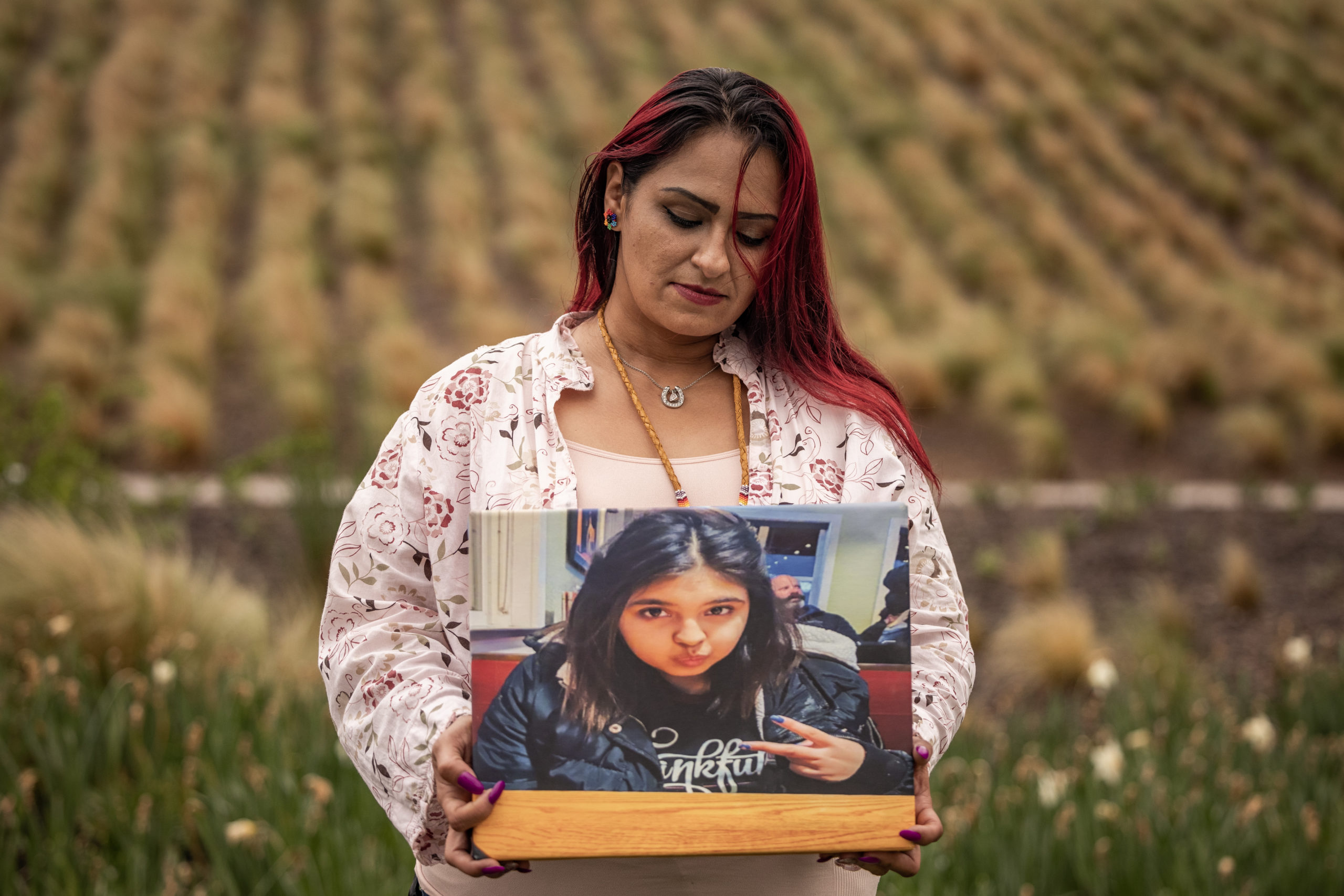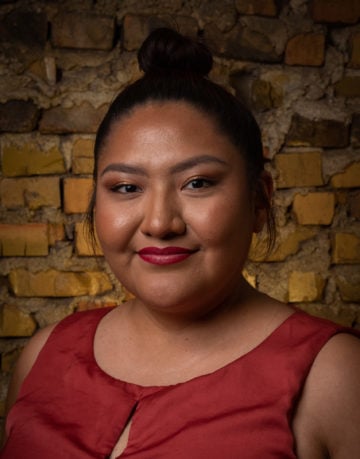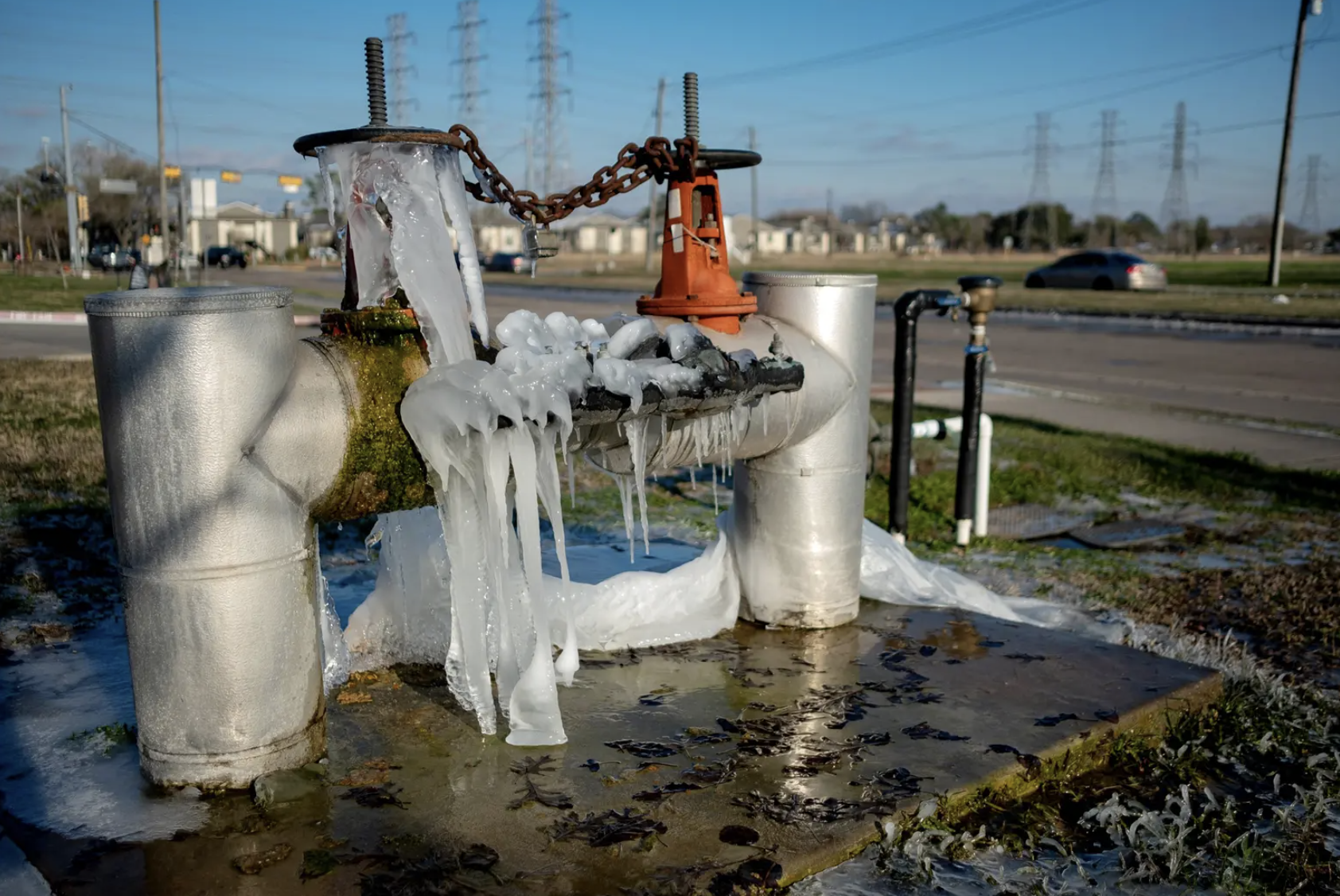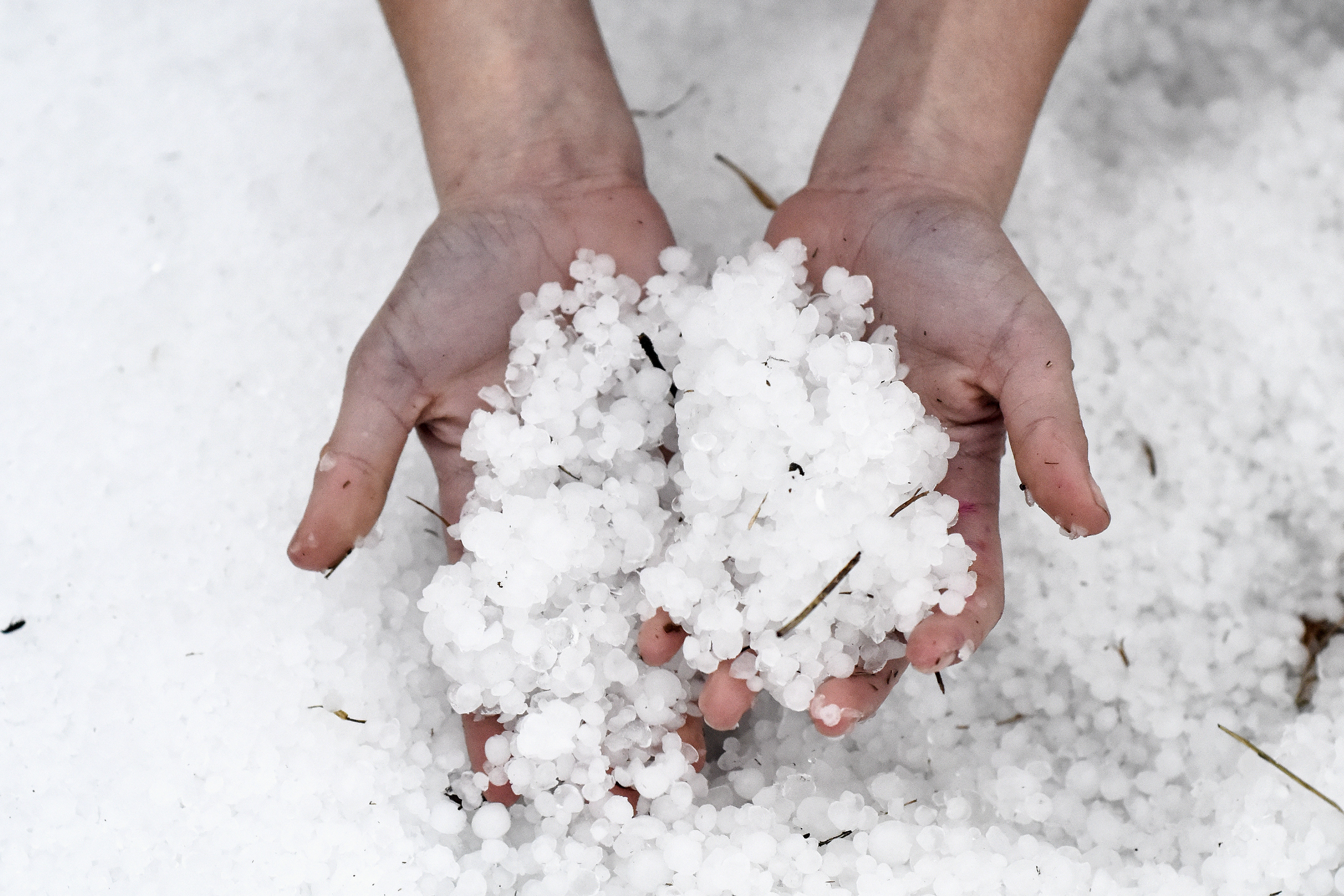On April 18, 2020, at 9:14 a.m., three officers with the Randall County Sheriff’s Office arrived at the home of Jaclyn Spydell in Amarillo. When they entered, they were greeted with an overpowering smell of garbage, urine, and dog feces. “I noticed my duty boots would stick to the floor as I would walk back and forth down the hallway,” officer Blake Wilson wrote in his report. “My boots did not stick on other portions of the floors, like in the living room.”
“There were portions of the residence where it appeared well kept, like the living room,” Wilson wrote. “Other portions of the residence, including the master bedroom and office area, where it was unkempt and disorganized.”
Officers had received a 911 call for an unconscious 16-year-old girl who wasn’t breathing. Once inside, they found the body of Emily Grace Spydell lying on the floor of her bedroom, surrounded by pillows and blankets. She wore black pants and a long-sleeve pink shirt with the word “LOVE” written on it. She was cold to the touch, and her eyes were open, glassed over, and unreactive to light. At 9:19 a.m. she was declared dead by an emergency medical technician after a cardiac monitor showed no cardiac activity.
Emily Grace Spydell was born Grace Veronica Felisita Arevalo on June 6, 2003, at the Oklahoma University Hospital in Oklahoma City. Both Norene Starr, Grace’s biological grandmother, and Marnita Guerrero, Grace’s birth mother, are members of the Cheyenne and Arapaho Tribes, which function as one nation. While Grace held a Certificate of Degree of Indian Blood II, a recognition from the Cheyenne and Arapaho Tribes that she was a descendant of an enrolled tribal member, she was not a full member. Despite her name change, both her biological and adopted family called her Grace.
Under Cheyenne and Arapaho law, to be a member, one must meet blood quantum requirements—individuals must be at least one-quarter Cheyenne and Arapaho to be a full-fledged member. Grace was only one-eighth, which allowed her to hold a certificate of recognition but did not qualify her to receive tribal benefits apart from school supplies and shoes for sports. It also meant that she didn’t qualify as an “Indian child” under the Indian Child Welfare Act of 1978 (ICWA).
In the 1870s, Native American children were taken from their homes and placed in Indian boarding schools to fulfill assimilation policies enacted by the federal government—an act that would meet international standards of genocide. While the boarding school program was mostly abandoned by the 1960s, the Indian Adoption Project, founded in 1958 by the Bureau of Indian Affairs (BIA) and the Child Welfare League of America, continued the practice of removing Indigenous children from their homes and placing them in white families.
In 1967, the BIA boasted that, since the Indian Adoption Program began less than a decade earlier, “there have been 276 Indian children placed, the great majority in non-Indian homes. The children have ranged in age from birth to 11 years, with about half of them being under a year old. Seventeen of the adoptive homes took more than one child from a family.”
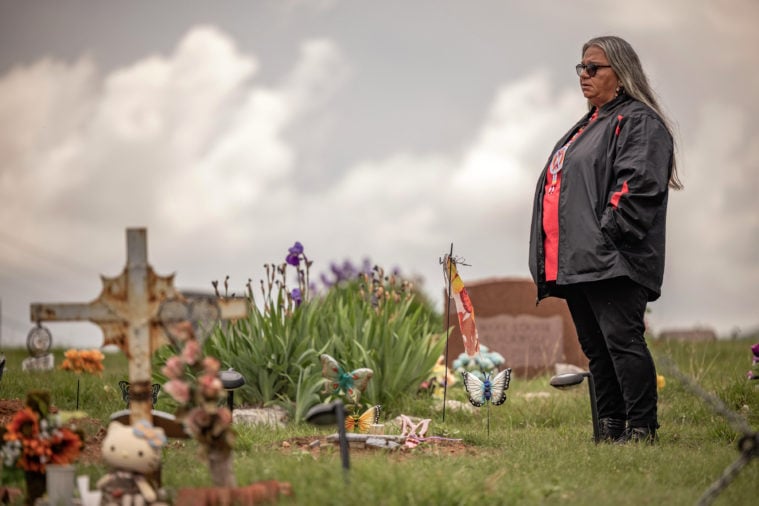
By the 1970s, up to 35 percent of Native American children were being removed from their homes by state child welfare and private adoption agencies and the vast majority placed outside their families and communities. To curb child removal, Congress passed ICWA legislating that “Indian children” in need of adoption would be placed first with extended family or with a family within their tribe, or next with any Native American families, before being adopted by non-Native people. The only requirement was that the child be a member or citizen of a tribe or met enrollment criteria. Grace was neither. Had she been considered a full tribal member, she likely would not have ended up in the Spydell household, instead being placed with a great-aunt who was willing to care for her, according to Guerrero.
In late April, Starr visited her granddaughter’s gravesite at the Clinton Indian Cemetery. Grace’s grave marker is gray and cracked and reads, “Because someone we love is in heaven, there is a little bit of heaven in our home.” Lying next to the headstone is a rusted pin, decorated with a pink, frayed ribbon. Starr wants to know what happened to Grace. She suspects foul play.
“I knew something was wrong,” Starr says. “I knew because Gracie was 16 and she was healthy and she should have never died at that age and there had to be some kind of contributing factor.”
According to Grace’s autopsy report, she died with 16 cuts and scrapes, 18 bruises, blunt force trauma to the head, a urinary tract infection, and chronic inflammation of the vaginal canal. According to a supplemental police report by officer Bryce Burton, Child Protective Services (CPS) had three open cases on Grace. One of them was for sexual abuse outcry after she reported, when she was taken from the Spydell house and placed in foster care for nearly two years, that the “son of the foster home she was placed with at that time touched her inappropriately.” The opinion of the forensic pathologist for her cause of death was serotonin syndrome, likely induced by her medications. At the time of her death, Grace was on eight psychotropic medications and on thyroid medication, down from the 15 medications she had been taking in the months before her death, according to Spydell’s statement in the report.
In 1996, at the age of 15, Marnita Guerrero became pregnant and ran away from her mother’s home in Oklahoma City to find her father, Narciso Arevalo Jr., who lived in Clinton, Oklahoma. At the time, Starr was dealing with substance abuse issues and Guerrero hoped to find a more stable life. She quickly found the opposite. Her father, a non-Native pastor at a Pentecostal church, began sexually abusing her and cut off all her contact with extended family. She believed he could read her mind, and he regularly used her faith to control and manipulate her. Guerrero describes the environment as a cult.
“I was a sad, broken little girl,” Guerrero says. “I didn’t know how to pay rent or I didn’t know how to pay a bill. I couldn’t even go into my grocery shop. I couldn’t do anything. I wasn’t allowed to do it.”
The abuse lasted six years, producing one child of incest, Grace, who came to the attention of authorities when school officials reported that they thought her half sibling was being abused. (We have withheld the name and information about this sibling to protect their privacy.) Both children were taken by the Oklahoma Department of Human Services (DHS) and placed in foster care a couple days before Christmas in 2005. Guerrero and her father were charged with incest and each faced 10 years imprisonment, according to court records. Guerrero says she fought the charges, and neither she nor her father was convicted, but they lost their parental rights. Eager to be reunited with her children, Guerrero followed DHS’s plan laid out for parents in her situation and moved out of her father’s home. She even took what she described as a “pedophile test.”
Guerrero says she felt helpless trying to get Grace back and cries often when she talks of her. “She was happy, and she was the type of person that it didn’t matter if you mistreated her or what you’ve done to her, she would still love you endlessly,” Guerrero says. “She was special.”
Native American children are disproportionately represented in the child welfare and foster care systems. Nationally, Native children make up less than 1 percent of all children in the United States but constitute 2.1 percent of the ones placed in foster care—a statistic that likely would be higher were it not for ICWA. Not included in this statistic, however, is the number of Native American children who are adopted out because they cannot be enrolled in their tribes due to blood quantum requirements; statistically, they are non-Native.
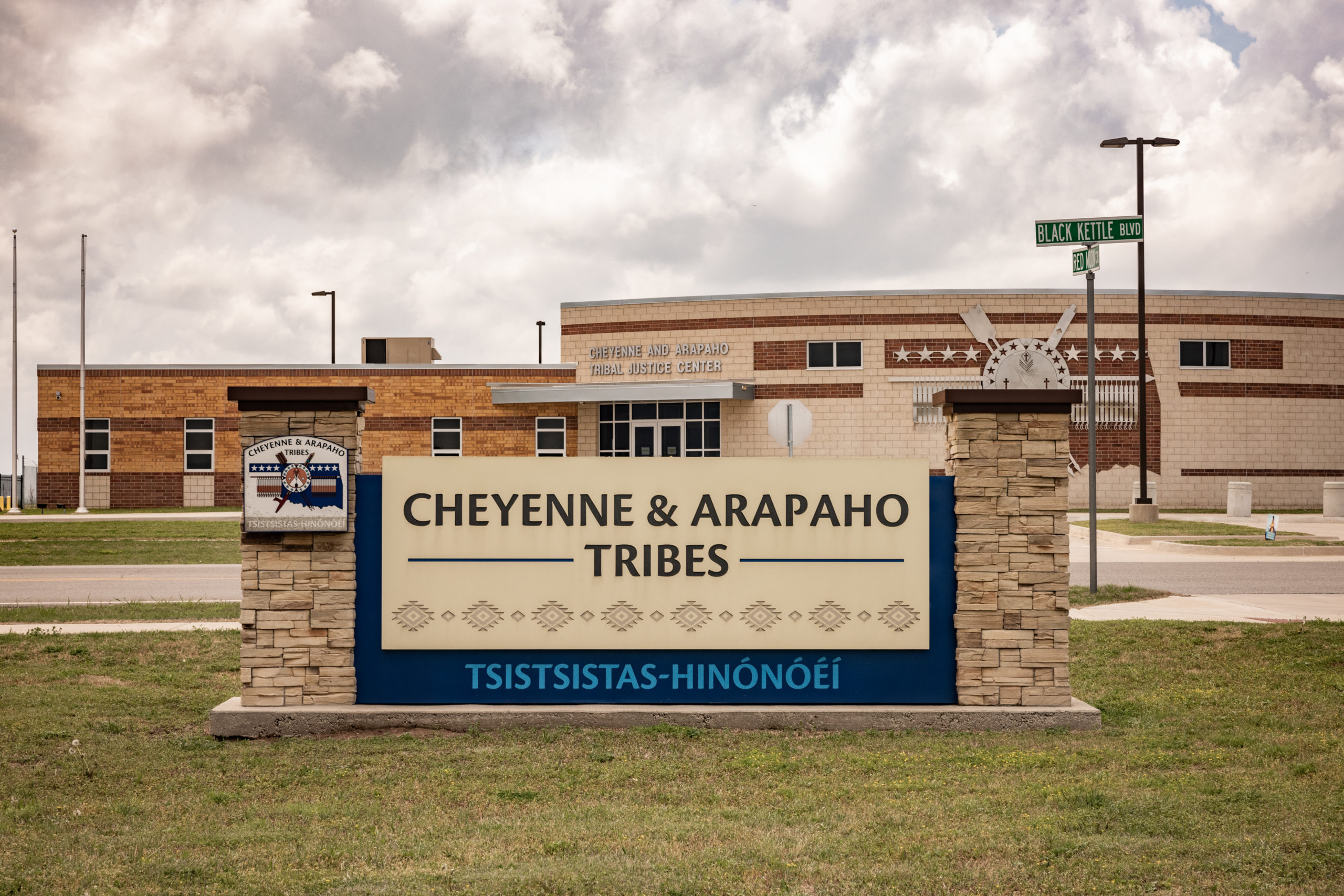
Some tribes, like the Cherokee and Choctaw Nations, do not use blood quantum to establish citizenship and have enrollment criteria that require tribal citizens to prove they are descendants of tribal members already on the tribe’s rolls. Many tribes, including the Isleta Pueblo in New Mexico, the Otoe-Missouria Tribe of Indians in Oklahoma, and the Winnebago Tribe of Nebraska, have lowered or changed their blood quantum requirements in an effort to combat the rapid “extinction” of tribal members who have children with non-Native partners or even Native partners from other tribes—tribal citizenship generally does not allow members to be enrolled in multiple tribes, and most blood quantum requirements do not count “Indian blood” from other tribes. (An exception is the Winnebago Tribe of Nebraska, which does.) In the case of the Isleta Pueblo, lowering the tribe’s blood quantum requirement from one-half to one-quarter allowed about 1,400 individuals to become eligible for enrollment.
In 2007, Grace and her sibling were adopted by Jaclyn Spydell, who lived in Clinton at the time. They joined a family that included at least two other adopted children. Despite Guerrero making strides in her personal life—establishing a stable income, renting her own apartment, and taking DHS-recommended parenting classes—the family courts would not allow her children to be returned to her. Spydell and her former husband fostered Grace for two years before petitioning to adopt her, stripping Guerrero’s parental rights completely.
“My daughter worked her ass off to get her kids back,” Starr says. “They were not going to let her have her kids to begin with.”
While the family still lived in Oklahoma, Spydell sometimes allowed Guerrero to visit Grace, and Guerrero says when she saw her daughter, she often noticed that Grace was thin and would scarf down her food. She began to make a point of bringing food on visits because she suspected Grace wasn’t getting enough to eat. Spydell did not respond to multiple requests for comment.
Around 2015, those visits ended when the Spydell household moved to Amarillo. Guerrero and Starr lost all contact with Grace. In 2016, Grace’s adopted brother, Jet Kinder, 15, died by suicide. According to his obituary, he was loving and charismatic and enjoyed singing, writing, and dancing. He had big blue eyes, dirty blond hair, and a shy smile.
In 2018, Spydell began posting updates about Grace’s behavior on Facebook. “Now, Grace is obsessed with death. Last month, she wanted to kill all her friends and teacher at school and snuck a knife in her backpack. I immediately took her out of school. About 2 weeks ago she turned it on us. One hour she’s hugging me. The next she’s punching me in the face, killing my dog, and poking the eyes out of our chameleons and hedgehog.” With the text, Spydell also posted a picture of then-14-year-old Grace holding a fully grown English bulldog, her thin arms wrapped around the animal’s chest. In the photo, her small stature is accentuated by the dog, who is roughly as wide as she is. She doesn’t smile.
“We love all of our kids but Grace is seriously escalating and how am I supposed to protect my family?” wrote Spydell. “I don’t want to hurt my own child. Please pray.”
In the fall of 2018, Spydell began running a dog kennel called Whiskey Creek Kennel out of her home, according to the business’ Facebook page. In the police report on Grace’s death, officer Blake Wilson wrote, “I observed multiple dog cages lining the walls of the residence, all with dogs inside them. I observed many locations on the floor of the residence where piles of dog feces were located.”
Per court records, the Texas Department of Family and Protective Services (DFPS) ordered a “protection of a child” for Grace on April 4, 2018, meaning DFPS had reason to believe that Grace was not safe in the care of Spydell and would need to conduct an investigation. The court ordered a temporary managing conservatorship and removed Grace from the Spydell household and placed her into foster care. During this time, Grace reported being touched inappropriately. She returned to Spydell’s care on February 12, 2020. “Child to be returned to parents on monitored return. Family therapy to continue,” concluded court records from Randall County. DFPS declined to provide report details for this story, citing confidentiality, but wrote in an email that the CPS investigation did not find reason to believe the death was related to abuse or neglect.
Two months after she was returned, she died.
Like any country, tribal governments have the right to determine who is, and who isn’t, a citizen, as well as the power to decide what constitutes citizenship. But to date, most tribal governments have done little to update those codes. In Grace’s case, ICWA could have provided protection, but Cheyenne and Arapaho legal codes prevented it. The Cheyenne and Arapaho Tribes declined to comment for this story.
“I think a lot of tribes have been put in a position of seeing children who don’t meet a membership eligibility definition, but otherwise seem to be a part of community, fall outside that ICWA definition, and that doesn’t mean that ICWA was doing it wrong,” says Dan Lewerenz, staff attorney for the Native American Rights Fund. “It doesn’t mean that the tribe is doing it wrong. It just means that these are really difficult questions and there aren’t always right answers.”
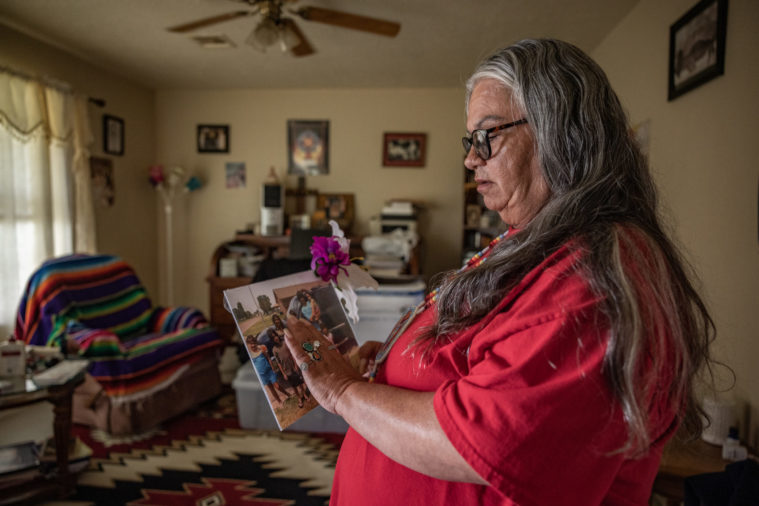
Conservative think tanks with anti-Indigenous ideologies and Evangelical Christian organizations, like the Goldwater Institute and the Christian Alliance for Indian Child Welfare, have worked for years to undermine ICWA, stating that the law is based on race and violates the equal protection clause of the Constitution. Tribes and tribal organizations, on the other hand, maintain that ICWA protects children who are members of sovereign nations—a status recognized through treaty law.
The investigation of Grace’s death is ongoing; for now, her official cause of death is listed as “pending further studies.” Starr is in the process of filing a civil lawsuit to investigate the death of her granddaughter.
Grace’s mother describes her daughter as a sweet and happy child. In one of the few photos Guerrero has of her daughter, Grace looks to be in middle school. She’s holding up a peace sign and making a duck face. The indigo nail polish on her fingers is beginning to chip. Guerrero thinks back on the plan she had with her children: When they turned 18, the family would pick them up, no matter where they were, and bring them home.
“Grace was here and she was alive,” Starr says. “Grace mattered. Her life mattered to me. It mattered to her mother.”
Starr has one photo of all her grandchildren together. It was taken on a day when Grace’s adoptive parents allowed her to visit her biological family. “Her death was preventable,” Starr says through tears.
Indigenous Affairs stories are produced with support from the Economic Hardship Reporting Project.
